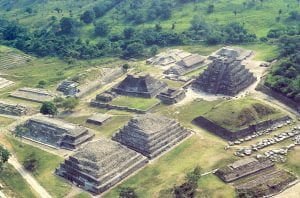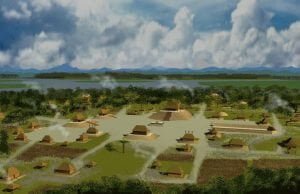Understanding the Obsession with All Things Cherokee
Many history buffs in the Georgia Mountains are obsessed with all things Cherokee. They assume that Creek place names such as Oconaluftee, Coosa, Oostanaula, Oothlooga, Etowah, Chattooga, Nottely, Yahoola, Enota, Tesnatee, Soque, Nacoochee, Tallulah, etc. are Cherokee words. The myths can all be traced to the presumptions made by the first white settlers to enter the region. That’s right . . . the main river on the North Carolina Cherokee Reservation is an Itsate Creek word meaning “Okonee People – isolated.” The name has no meaning in Cherokee. The Okonee were major players in the mound-building business, who eventually joined … Read more




